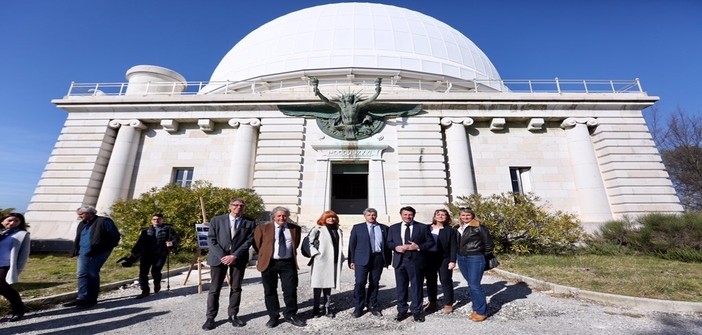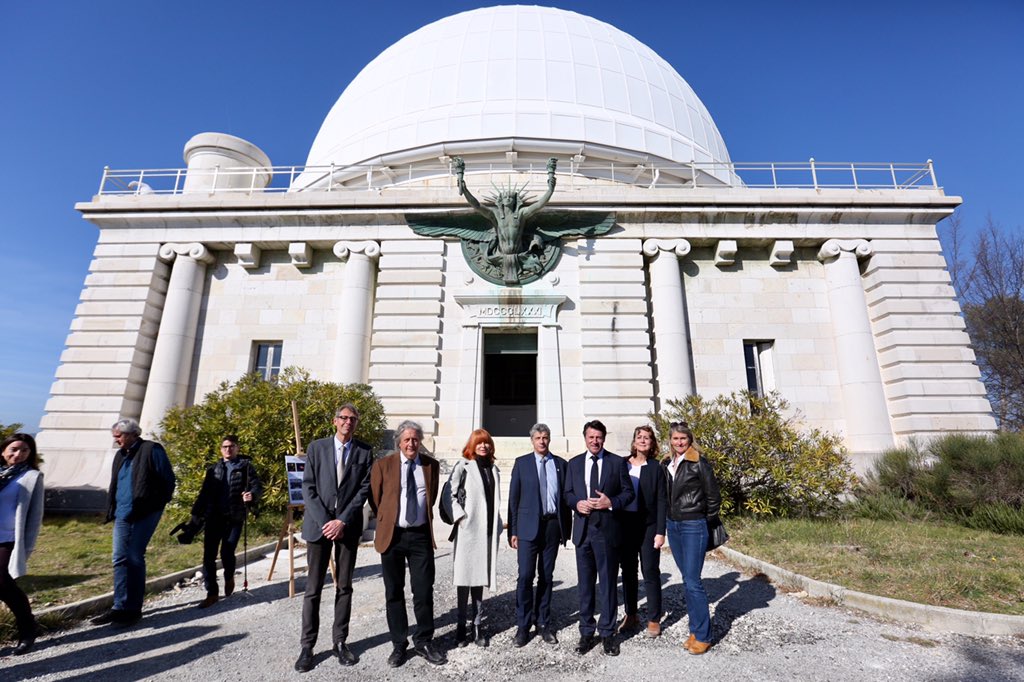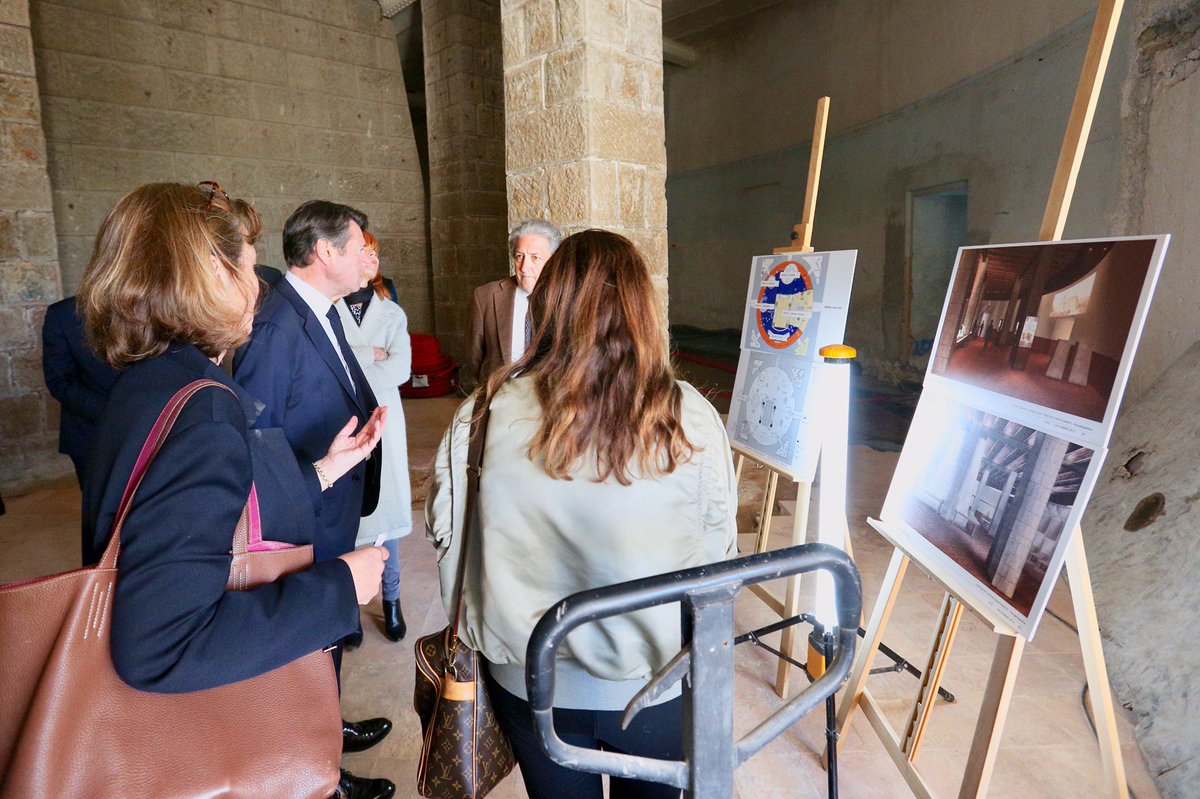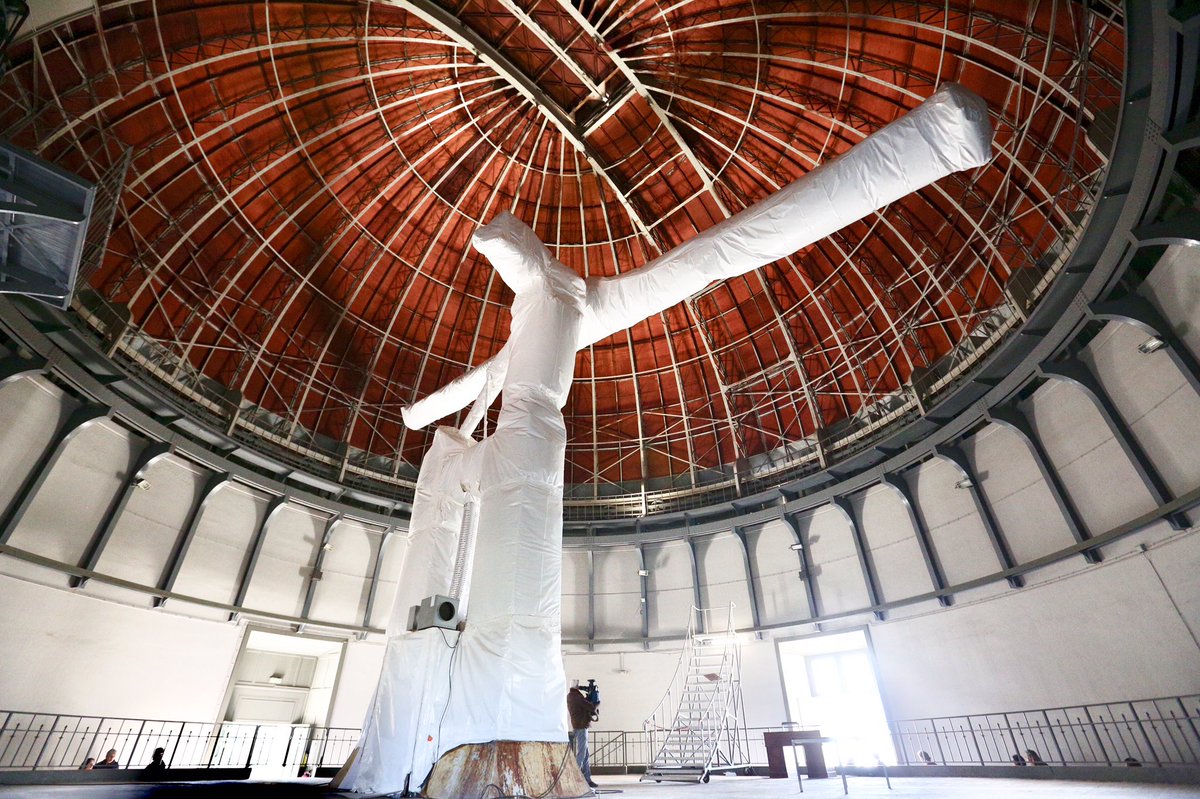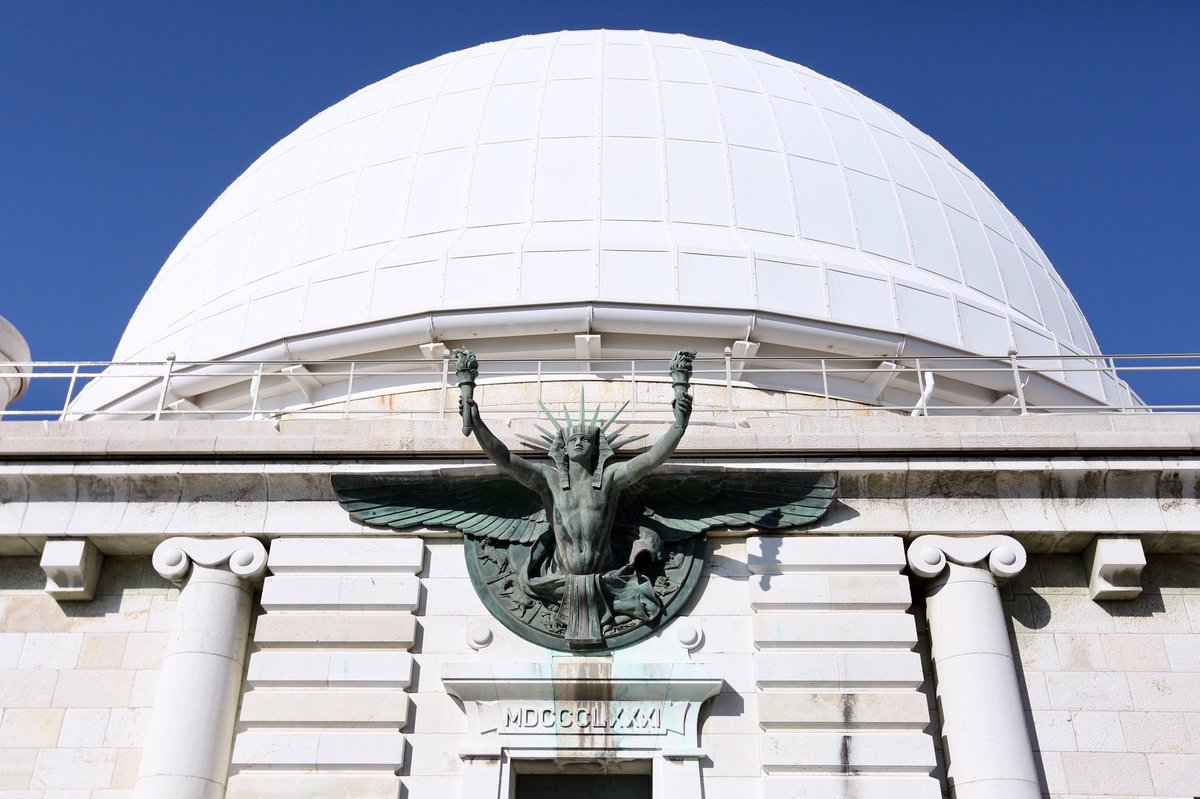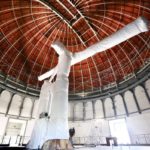Christian Estrosi, Mayor of Nice, visited the construction site of the Nice Observatory yesterday afternoon, the future hub of scientific culture “Universarium” created within the building “Le Grand Équatorial”. An update on the “Matisse” research project then took place in front of the large dome.
With remarkable architectural and scientific heritage (open to the public), the Côte d’Azur Observatory has benefited since 2018 from renovation and transformation work on some of its spaces classified as historical monuments.
With around 450 agents located on four geographic sites (Mont Gros and Valrose in Nice, Sophia Antipolis, and the observation site on the plateau of Calern), the OCA is one of the 28 French Universe Science Observatories responsible for the continuous and systematic collection of data.
“The ambition is to make this major site of international scientific and technical research more attractive and accessible to the general public,” explained Christian Estrosi, alongside Thierry Lanz, Director of the Observatory, and Bruno Lopez, astronomer in charge of the Matisse project.
The first phase of work, carried out under the supervision of the SUD-Provence Alpes-Côte d’Azur Region, already allowed the renovation of the buildings “Le Grand Méridien” and the stables.
The City of Nice is in charge of the second phase of this program, which involves the “Le Grand Equatorial” building. “The objective is to create a scientific and technical scenographic space, a place for the transmission and exchange of past and present scientific culture. This operation will highlight this listed building, built by Charles Garnier and Gustave Eiffel, whose Great Refractor it houses is one of the largest in the world still in operation,” details Thierry Lanz, Director of the Observatory.
“A mini discovery palace to visit in 45 minutes will be created: it will include a heritage, immersive, interactive, contemplative space as well as a projection area,” added the Mayor of Nice.
The opening of the Observatory of Nice and the Universarium project with its 5 educational and recreational discovery areas is scheduled for November 2019!
Christian Estrosi then took advantage of this visit to make, alongside scientists, an update on the European research project MATISSE. “This instrument is a unique tool in the world designed to multiply the resolution by recombining the light of four telescopes observing the same celestial object,” explains Bruno Lopez, astronomer.
Imagined and partly manufactured by Côte d’Azur researchers, MATISSE has been installed since 2018 at Cerro Paranal in the Chilean Atacama Desert, to better understand the origin of planet formation by observing protoplanetary disks.
“50 people are mobilized on this research project (physicists, astronomers, research engineers from 3 countries – France, Germany, and the Netherlands) under the responsibility of Bruno Lopez, astronomer at the Côte d’Azur Observatory,” assured Thierry Lanz, Director of the Observatory.
